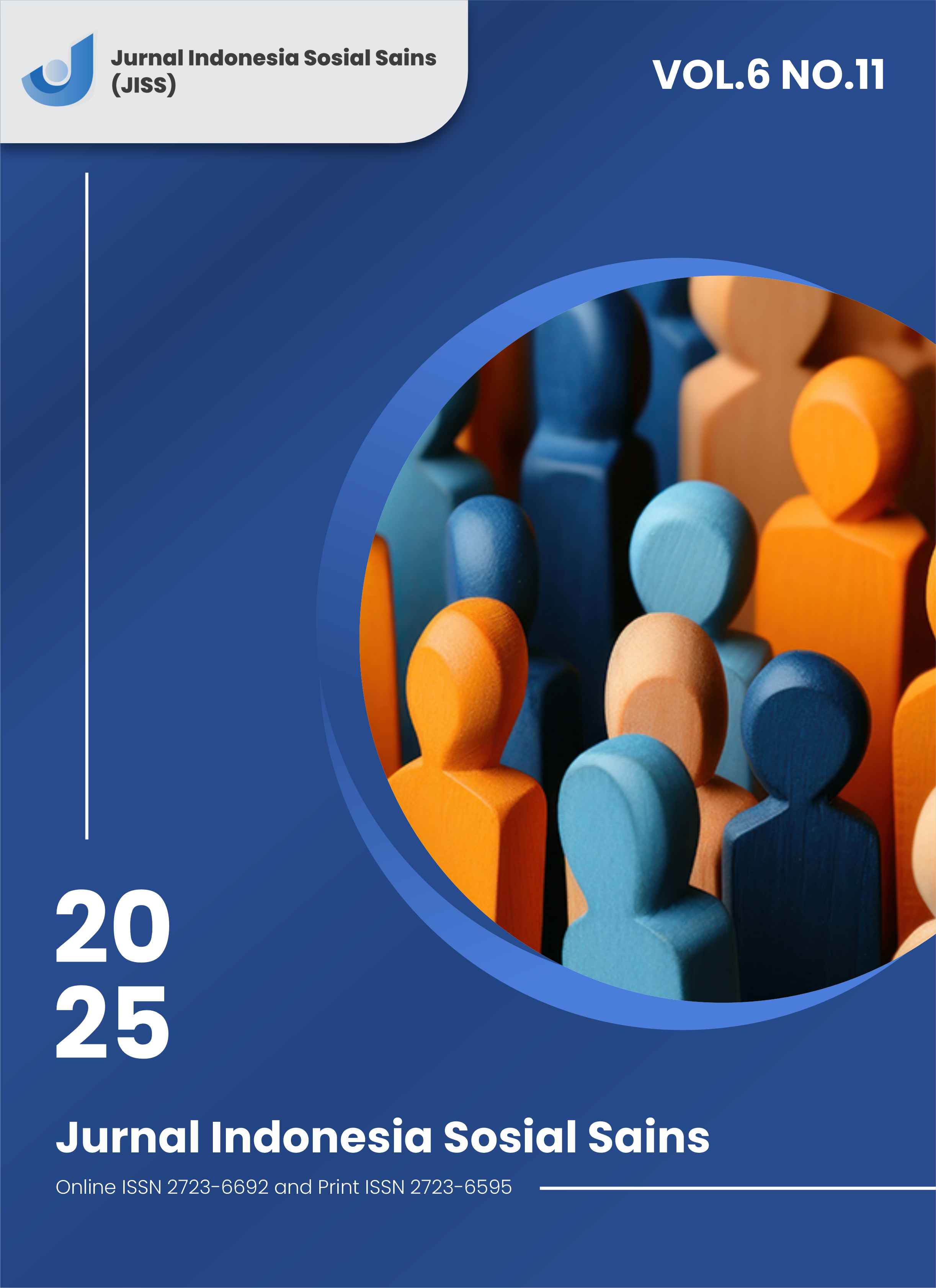The Role of Work Stress as a Triggering Factor for Graves' Disease
DOI:
https://doi.org/10.59141/jiss.v6i11.2096Keywords:
Graves’ disease, occupational stress, HPA axis, hyperthyroidism, autoimmunityAbstract
Graves’ disease is the most common form of autoimmune hyperthyroidism, characterized by excessive thyroid hormone production due to overstimulation of the thyroid-stimulating hormone receptor by autoantibodies (TRAb). Beyond genetic and immunological factors, psychosocial stress particularly chronic occupational stress plays a significant role in triggering and exacerbating the disease. Persistent activation of the hypothalamic pituitary adrenal (HPA) axis may cause immune dysregulation, contributing to the development of thyroid autoimmunity. A female patient working as a Head of the Accounting Division with a high workload presented with weight loss, palpitations, tremor, and insomnia. Laboratory evaluation revealed elevated T3 and FT4 levels, suppressed TSH, and positive TRAb. Thyroid ultrasonography showed diffuse gland enlargement consistent with diffuse toxic goitre. The patient was diagnosed with Graves’ disease and treated with thiamazole, propranolol, and alprazolam. Her perfectionist work style and chronic occupational stress were considered key triggers for sustained HPA axis activation and autoantibody formation. Numerous studies indicate that psychosocial stress increases the risk of Graves’ disease through complex neuroendocrine–immune interactions. Chronic HPA axis activation alters cortisol secretion and elevates proinflammatory cytokines such as IL-6 and TNF-α, leading to a loss of immune tolerance to thyroid tissue. This case underscores the importance of addressing psychosocial factors in the clinical evaluation and management of Graves’ disease. Chronic occupational stress may contribute to the onset and progression of Graves’ disease through neuroendocrine and immune dysregulation. Comprehensive management including pharmacologic therapy, stress reduction, psychosocial support, and workload adjustment is essential to achieve optimal remission and improve patients’ quality of life.
Downloads
Published
How to Cite
Issue
Section
License
Copyright (c) 2025 Riovani Nurfahmi Adam, Teddy Ervano, Andi Alfian

This work is licensed under a Creative Commons Attribution-ShareAlike 4.0 International License.
Authors who publish with this journal agree to the following terms:
- Authors retain copyright and grant the journal right of first publication with the work simultaneously licensed under a Creative Commons Attribution-ShareAlike 4.0 International. that allows others to share the work with an acknowledgement of the work's authorship and initial publication in this journal.
- Authors are able to enter into separate, additional contractual arrangements for the non-exclusive distribution of the journal's published version of the work (e.g., post it to an institutional repository or publish it in a book), with an acknowledgement of its initial publication in this journal.
- Authors are permitted and encouraged to post their work online (e.g., in institutional repositories or on their website) prior to and during the submission process, as it can lead to productive exchanges, as well as earlier and greater citation of published work.












